Ten top tips for staying cool this summer
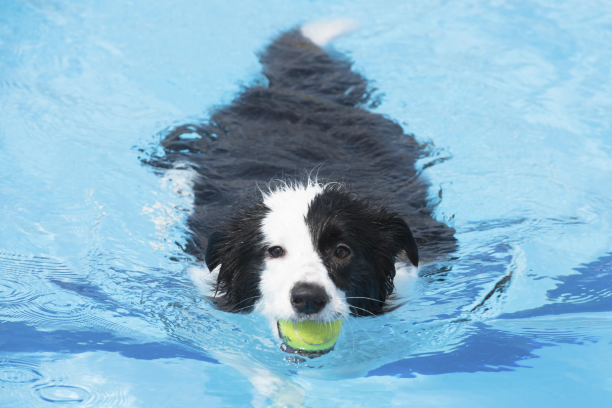
Summer is here! Tomorrow it is forecast to be 39 degrees in Brisbane, which is hot enough to scorch your bare feet, let alone your best friend’s. Here are a few tips from CLEAR clients past and present for “keeping things cool”.
- Get up early and walk your dog at daybreak. You may groan when the alarm goes off but nothing beats an early-morning walk when it comes to starting the day on a high. Go on, do it! You know you can. Even so, it will warm up pretty quickly so take water with you and keep an eye on your furry mate. And remember the put-your-palm-on-the-ground test – if it feels too hot to keep your hand there comfortably, do not subject your pet to it.
- Treat your dog as you would a family member. If you wouldn’t like being outside in the heat, it’s pretty obvious they wouldn’t either, so bring them in if it is cooler inside. My dogs love the air con. If that is not possible while you are at work, ensure there is plenty of shade for them. One CLEAR client has an awning she rolls out off the veranda on extra-hot days when she is not at home, which keeps the back-deck area several degrees cooler than it would otherwise be.
- It goes without saying, they must have access to copious amounts of cool water. Make sure you put out at least two sources, so if your dog knocks one over they have access to another. Both of these should be in shade, because water even in the sun for just part of the day will quickly heat up.
- Make sure they have a summer bed, both inside and outside. Warm cosy beds filled with foam just don't cut it in hot weather. Instead get a raised, flat bed where air can circulate underneath it and place it where it will get maximum air circulation while still being in the shade.
- Put a plastic swimming ‘shell’ in a cool spot full of water. These cost only $15 or so from Bunnings and reject shops, and if you locate them in a shady spot, they can give your dog a refreshing dip. Obviously if your pet doesn’t like immersing itself in water, don’t bother. They are not going to decide to take a dip for the first time just because it’s hot outside, so think ahead and get them used to paddling before hot weather strikes. My dogs also love chasing the hose so a fun game of chase-the-hose is always popular on a hot afternoon, even if the resulting muddy and wet dogs are not!
- Icy treats are another cool treat your dogs will love. One CLEAR client fills up an ice-cream container with a nice meaty broth and freezes it, leaving the ice block for her dogs to lick on warm days. She also plays fetch with lumps of specially flavoured ice cubes.
- Give your dog a hair cut for summer. While some dogs such as border collies have double coats which actually are meant to insulate them, others do not, and a summer ‘short back and sides’ can work wonders.
- Relax and chill out during the warmer parts of the day, and restrict exercise to a minimum. Forget that show or comp that’s on – even if the rules stupidly allow it, your best mate’s well-being should come first.
- Go for a swim! Many dogs love swimming and mine are no exception. Whether it is a backyard pool or the ocean, they cannot wait to immerse themselves. If you need to walk across a beach or tarmac to get to a swimming spot, obviously plan your visit for when it is not too hot.
- Finally, be alert for the signs of heatstroke and take immediate action if you see any of them, and rush your pet to the vet if you have concerns. These can include excessive panting, rapid heartbeat, high fever, vomiting, an anxious expression and dry and warm nose.
So there you have it, just some of the many ways you can help your best friend stay chilled this summer. Do you have any more?
- All information is general. Contact your vet for expert advice if you have any health concerns about your dog.

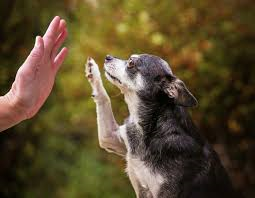

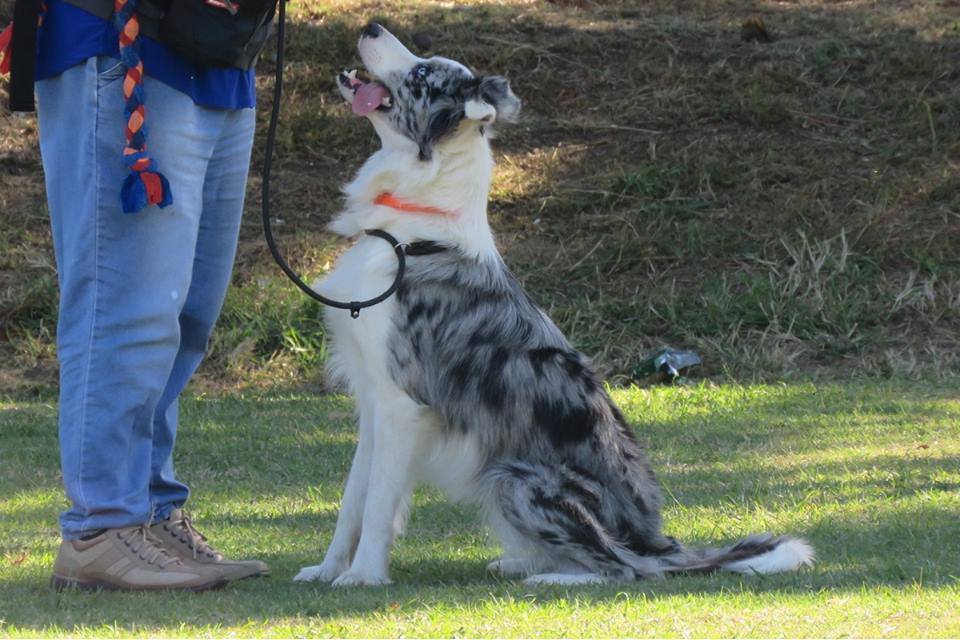
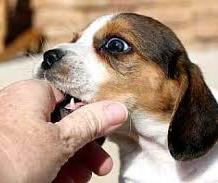
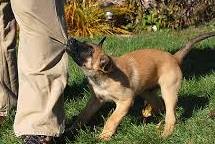 A shouted command ‘NO Biting’ might well startle a puppy so that he stops doing it but, no matter whether it is said in English or Swahili, it doesn't teach him what else to DO instead.
A shouted command ‘NO Biting’ might well startle a puppy so that he stops doing it but, no matter whether it is said in English or Swahili, it doesn't teach him what else to DO instead.

